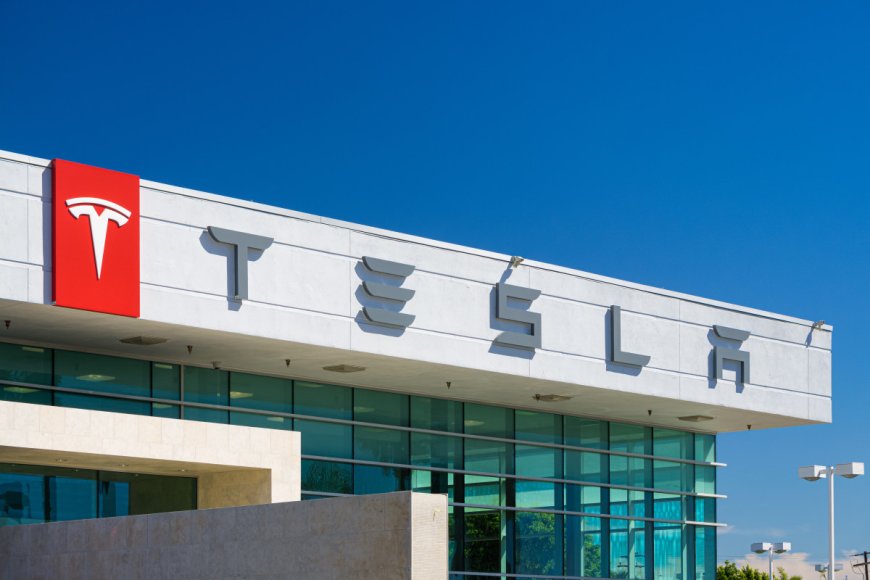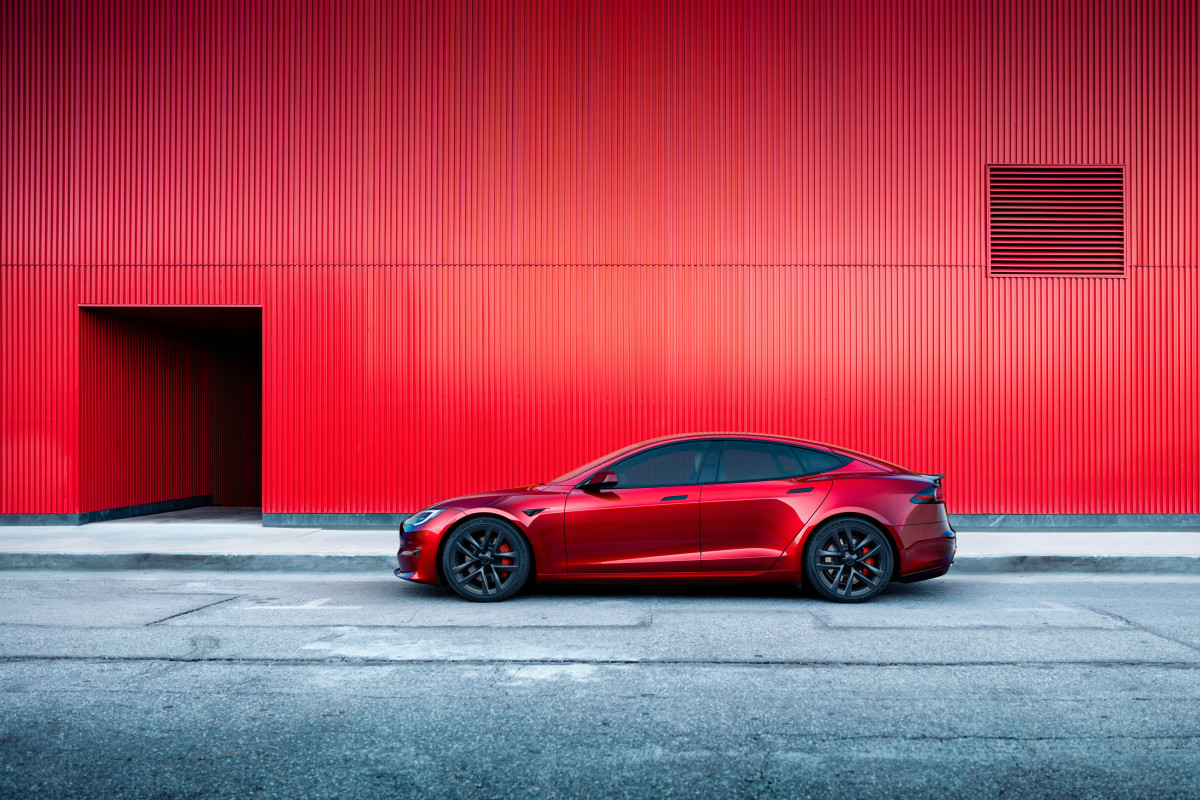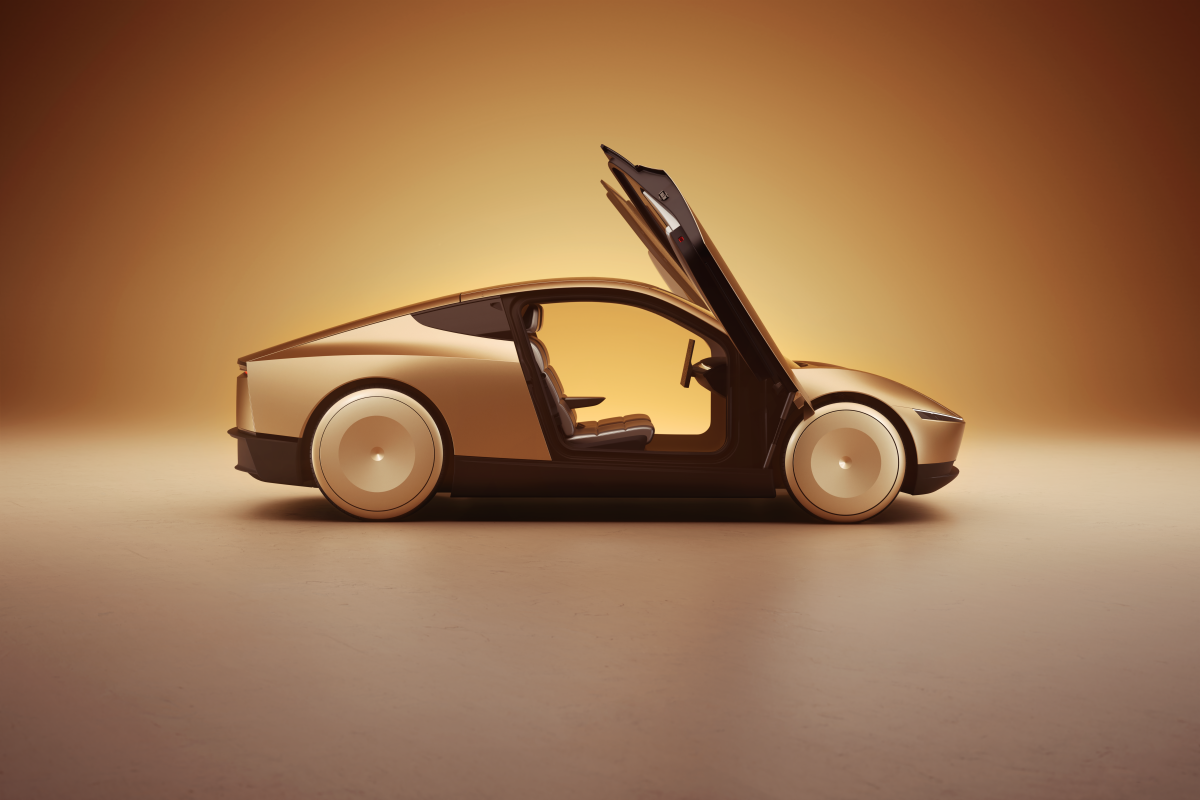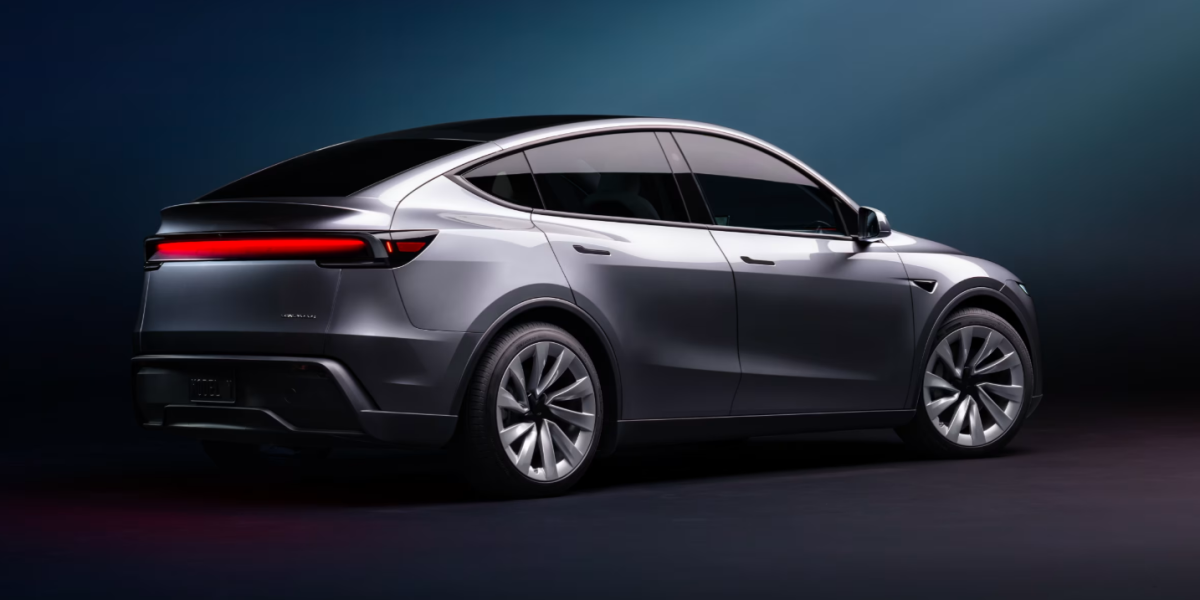Tesla's Summon feature in hot water again
NHTSA has launched a new investigation into Tesla's Summon feature, which allows drivers to move their car without being in the driver seat.

The National Highway Traffic Safety Administration (NHTSA) is once more investigating Tesla, alleging that 2.6 million vehicles with the company’s “Summon” feature risk causing accidents.
The probe was launched following four reports of Tesla vehicles involved in crashes while using the company’s “Actually Smart Summons" feature. The NHTSA states that these four vehicles failed to properly recognize posts or parked cars, noting that operators “had insufficient reaction time to prevent a collision, whether due to the available line of sight or by releasing the phone app button, which stops the vehicle's movement.”
In at least two incidents, Tesla vehicles operated with the smart summons feature struck parked cars.
The investigation includes the Tesla Model S (2016-2025), Model 3 (2017-2025), Model X (2016-2025), and Model Y (2020-2025).
Related: Mazda's new battery tech will spearhead their EV market entry Tesla
What is Tesla Summons?
Tesla offers two versions of the Summon features: Actually Smart Summon (ASS) and “Dumb Summon.”
Dumb Summon moves a Tesla forward or backward. It’s a fairly common feature that's also found in packages for many Hyundai vehicles. It’s great for getting into and out of tight parking spaces remotely, but little else.
Actually Smart Summon allows Tesla drivers to request that their vehicles drive to them without anyone behind the wheel. Conceptually, it can navigate a parking lot where other drivers are operating vehicles, helping you avoid walking to your car. 
Related: American and Asian automaker EV sales soar, others struggle
It’s not Tesla’s only automation issue
Tesla has been promising (or threatening, depending on your outlook) fully automated driving on all its vehicles for quite some time. At a press conference late last year, CEO Elon Musk announced the company’s Cybercab, a sub-$30,000 vehicle that he said would have unsupervised full self-driving features at launch in 2026.
Musk then said Tesla would make full self-driving features available to Model 3 and Model Y owners this year, but only in California and Texas.
As of writing this, it has yet to fulfill its promise of fully automated driving for all owners. Tesla
Final thoughts
Actually Smart Summon experienced years of delays before being released in September 2024. It’s an example of Tesla’s aspirations being met by real-world work to deliver on features.
Tesla should probably stop prematurely promising the world ideas it feels compelled to deliver. Actually Smart Summon has only been around for one fiscal quarter, and it’s already being investigated for being unsafe.
We’ve all seen videos of Tesla owners napping as their vehicles careen down freeways, which is the downside of fully autonomous driving. It’s easy to imagine how those with Actually Smart Summon will abuse the feature and put others at risk.
Related: 2025 Jeep Wrangler Willys ‘41 4XE: Why this hybrid 4x4 is the most unique Wrangler yet











































